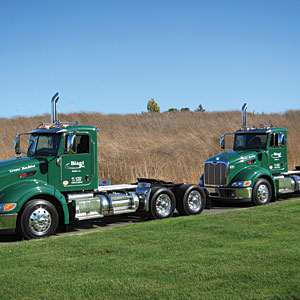You have 0 Articles Left This Month. Register Today for Unlimited Access.
Get our new eMagazine delivered to your inbox every month.
Stay in the know on the latest beverage industry marketplace trends.
SUBSCRIBE TODAY!Copyright ©2024. All Rights Reserved BNP Media.
Design, CMS, Hosting & Web Development :: ePublishing
 possible cost. Many methods are available to keep fuel costs to a minimum — some obvious, some not so much. Although most fleets are pursuing some fuel-saving strategies, few would score 100 percent for using every practical method.
possible cost. Many methods are available to keep fuel costs to a minimum — some obvious, some not so much. Although most fleets are pursuing some fuel-saving strategies, few would score 100 percent for using every practical method.